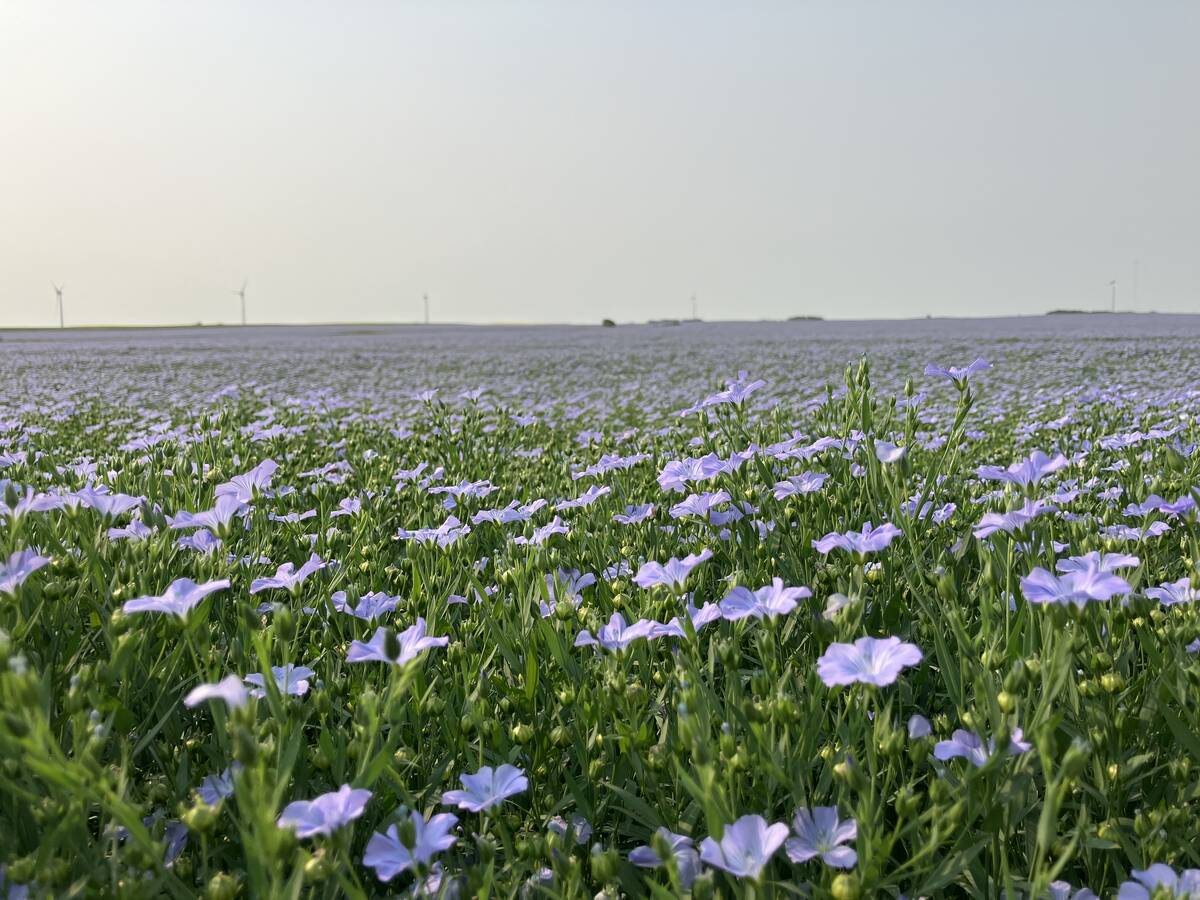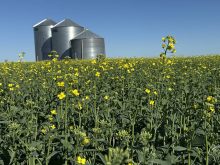Sunflowers might not win farmers the jackpot, but they may keep them out of the poorhouse, says Manitoba Agriculture’s sunflower specialist.
Sunflowers’ low cost of production make it a safer bet than some oilseed alternatives.
“It’s a good comfort-zone crop,” said Rob Park of Manitoba Agriculture.
“It’s very low risk and has a low cost of production. When you look at Manitoba crop insurance coverage, it’s almost a guaranteed winner.”
Park led growers through a cost of production comparison at the National Sunflower Association of Canada convention, laying out the risk-versus-reward breakdown for a number of competing crops.
Read Also

Huge Black Sea flax crop to provide stiff competition
Russia and Kazakhstan harvested huge flax crops and will be providing stiff competition in China and the EU.
Like canola, soybeans and edible beans, sunflowers are susceptible to sclerotinia and can’t be grown every year on the same acres.
Park’s cost comparison was intended to show growers that sunflowers should be considered every year when a grower is determining what to do with his “sclerotinia acres.”
Park estimated that a grower could recover his total costs, including land and machinery, on a sunflower yield of about 1,100 pounds per acre at 19 cents per lb. That compares to a canola yield of 23.3 bu. per acre at a break-even of $9 per bushel, soybeans with 24.8 bu. per acres at $7.65 per bu., and row-crop navy beans with 1,447.8 lb. per acre at 20 cents per lb.
But to get that break-even return, farmers would have to invest different amounts of money. That’s what makes sunflowers attractive, Park said.
Sunflowers cost about $160 per acre to produce, which is almost the same as canola. But Park said canola can be a riskier crop to produce.
“A lot of growers get caught up in big numbers, like $10 per bu. for canola, but what does it cost you to grow that, and what is the potential for you to get 30 bu. to the acre every year as opposed to 1,500 lb. of sunflowers?” Park said.
Soybeans cost less to produce, but Park said they can be touchy to grow, so the yield can drop quickly in bad growing conditions, often making them riskier than sunflowers.
Beans, which can bring a big return, also cost a lot to produce, at about $225 per acre. Any crop problems or failure would cost a producer much more than a problem with sunflowers.
“Are you confident taking that risk to get that potential yield?” Park said.
Sunflowers need a lot of heat, and are generally grown in southeastern Saskatchewan and across Manitoba south of the Trans-Canada Highway.
The crop can be sold as confectionary sunflowers, which are for the human chew and spit market, and as an oilseed, used in bird food or crushed for oil.
Park said he hopes more growers include sunflowers in their rotations.
“I’m not saying put all your acres in sunflowers, but put some of your sclerotinia acres in sunflowers if you’re in a growing zone that can,” he said.
“Really look at all these crops that compete for the same acres. We know that we can’t grow every one of these crops on all our acres every year because of disease problems, but I want growers to look at which one of these crops is going to pay you the most, and which risk level you’re comfortable with.”

















